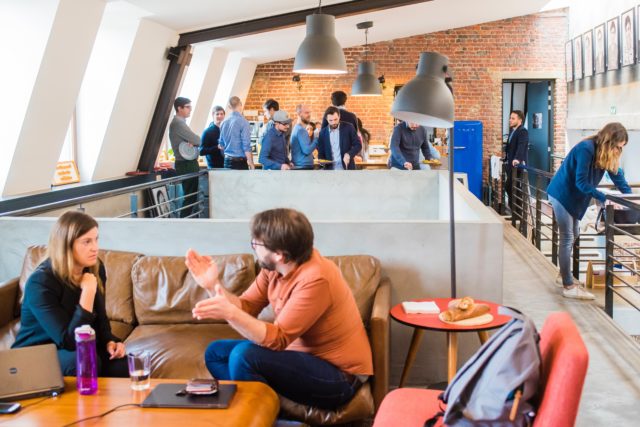Summary of:
Ordabayeva, N., Lisjak, M., & Jones, A. C. (2022). How social perceptions influence consumption for self, for others, and within the broader system. Current Opinion in Psychology, 43, 30-35. https://linkinghub.elsevier.com/retrieve/pii/S2352250X21000786
Background & Theory
This article focuses on organizing a framework for understanding the ins and outs of how social perceptions influence us at three distinct levels: the consumption of self, others, and the broader system. Research shows that at each level, people play a distinct role in our behavior and our decision-making process. At times, this can be distorted and categorized by common misconceptions, and tensions between others.
Research Question(s)
Researchers Nailya Ordabayeva, Monika Lisjak, and Aziza C. Jones in “How Social Perceptions Influences Consumption for Self, for Others, and Within the Broader System” sought to answer the following questions:
-
- Do individuals seek more outside validation when they are making an individual decision or a decision for another person?
- Has COVID-19 heightened or decreased the level of perception of others’ belief system?
Methods
Researchers have drawn out distinctions to build on recent findings that highlight pertinent misperceptions or tensions based on the individual’s decisions.
Level 1: Consumption of self
At the micro level, individuals are constantly making behavioral decisions to reflect their own identity and decision-making process onto others. This means that the social others are known to be the outsiders into our own belief system. Studies have shown that at times, the consumption of one self’s identity will reflect their own insecurities onto others based on their own experiences. For example, a person with lower self-esteem may prefer to purchase an inferior product because this more accurately represents how they feel about themselves; and vice versa. Ultimately, we make decisions based on how we feel about ourselves, but sometimes can be misdirected or misconstrued on social media platforms to raise social status.
Level 2: Consumption of others
People base their choices on other people’s experiences and preferences. The problem with this is that individuals may adopt decision making strategies that may not directly benefit themselves, or truly even fulfill them. Research has shown that when making a decision for someone else, more research comes into play for the individual to serve the other person before serving themselves. Secondly, individuals may misperceive or undervalue the other person’s goals when making decisions which ultimately affects their decision-making process. More importantly, when making decisions based on other opinions, people may adopt several different identities when making their own choices.
Level 3: Consumption in the broader system
Level three, the consumption in the broader system directly correlates with how social perceptions influence individuals to cope with systematic change. At this level, social others are collective contributors to the system. People normally will compare and contrast the current system versus their “ideal” system which drives choices that may not always achieve the intended result. This forces individuals to support the system or to challenge it. This, furthermore, increases division and groups of people that claim to have the same moral compass and belief system. Social status appears a lot in all systems, but mainly in this level system. Research indicates that COVID-19 renewed a fight for racial, gender, and economic justice which has created tension among the world. As we have seen throughout the news, there are different perspectives and opinions around health regulations and general lifestyle. The reason for this is because these decisions affect where people are positioned in the system and the media has a lot of influence around how we build our own perspectives. This perceived structure is one of hierarchy, fairness, and status.
Results
At all three levels there can be misconceptions, misinterpretations, and mismatches through perceptions of others. With future research, we can explore different levels of analysis by analyzing the roles of others and how they play into our own lives. At the third level, future work and research can explore how consumption may change social perceptions by using companies’ exposure in brand management to influence the perception of the mission and goals that are intended to be achieved. The perceptions of others can easily become our own and filter through our decision-making process. When sharing perceptions and beliefs with others, we project our own self-identity and values onto others.
What This Means
- We must be cautious of the narrative that we create around who we are and what our true belief system is.
- It’s important to recognize how everyone’s perceptions differ based on experience, many people may go to the same restaurant and have a completely different opinion and experience.
- It is crucial to be cognizant of our day-to-day decision making because our decisions can be distorted by the perceptions or voices of others.
Final Takeaway
For consultants: Language and content branding is crucial to any business because it’s the first perception and impression individuals’ face to create their own belief.
For everyone: People try to predict and shape social perceptions with their own expectations, realities, and experiences and project that onto others which can create psychological tensions amongst many.



